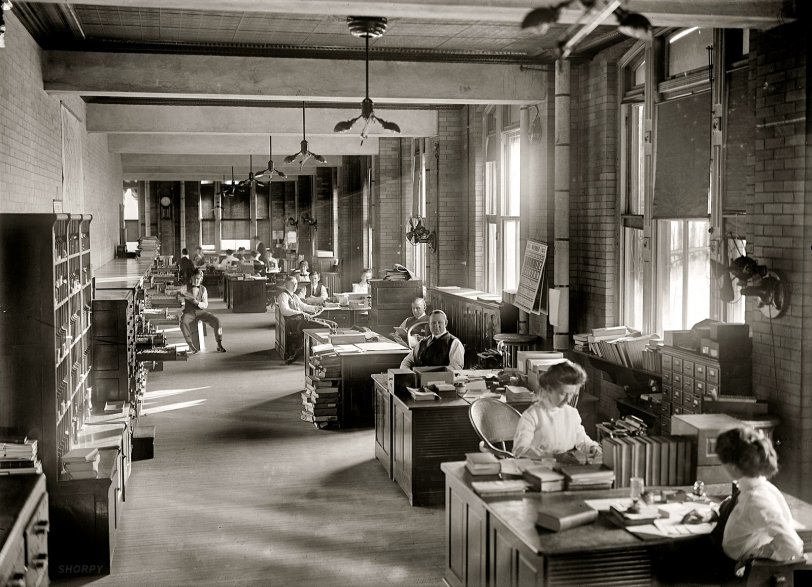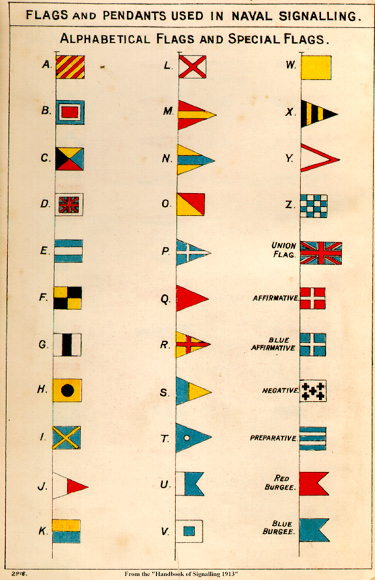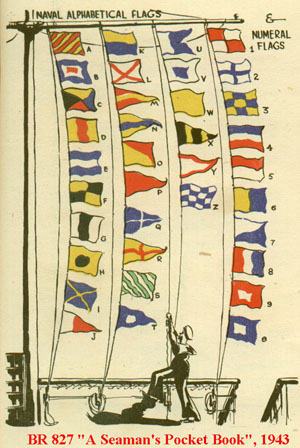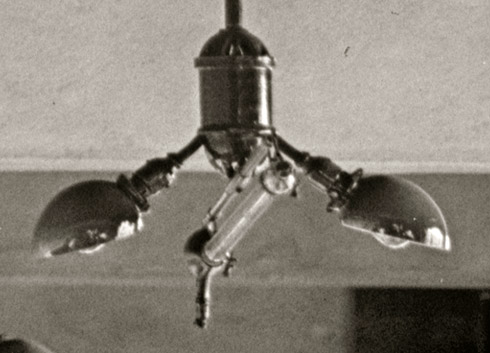


Framed or unframed, desk size to sofa size, printed by us in Arizona and Alabama since 2007. Explore now.
Shorpy is funded by you. Patreon contributors get an ad-free experience.
Learn more.

- Baldwin 62303
- Baldwin VO-1000
- Cold
- No expense spared
- Tough Guys
- Lost in Toyland
- And without gloves
- If I were a blindfolded time traveler
- Smoke Consumer Also Cooks
- Oh that stove!
- Possibly still there?
- What?!?
- $100 Reward
- Freeze Frame
- Texas Flyer wanted
- Just a Year Too Soon
- WWII -- Replacing men with women at the railroad crossing.
- Yes, Icing
- You kids drive me nuts!
- NOT An Easy Job
- I wonder
- Just add window boxes
- Icing Platform?
- Indiana Harbor Belt abides
- Freezing haze
- Corrections (for those who care)
- C&NW at Nelson
- Fallen Flags
- A dangerous job made worse
- Water Stop
Print Emporium
The Office: 1912

November 1912. "Government Printing Office, Washington." This looks like it might be a nice place to work. Harris & Ewing glass negative. View full size.
p's and q's a printer's idiom
There are no type cases in this picture. Those are file cabinets. If this is the GPO, it was a shot of an administrative office.
Contrary to the popular explanation some believe regarding "pints and quarts", "mind your p's and q's" is a printer's admonition to pay attention when distributing type back into the case after printing. Why? Because in order to make the mark of a 'p' on the page, the piece of type is cast in reverse, and as such, it looks like a 'q' in your hand. By extension, the same would hold true for 'b' and 'd'. In English the frequency of use of p's and q's is less than b's and d's. Consequently, they were less often encountered, and therefore, more easily mislaid in distribution.
Another common printer's idiom would be to be "out of sorts". That is, to be flustered and discombobulated. Why? A piece of type is a "sort". If the compositor is standing at the case setting, and he uses the last sort in the case, s/he becomes out of sorts, and suddenly... what to do?!
Pints and Quarts
But maybe not. The history is vague.
http://www.phrases.org.uk/meanings/248000.html
http://www.worldwidewords.org/articles/psandqs.htm
Peas and Queues
Another possible (and to my mind, far more plausible) origin of the "Mind your P's and Q's" expression is that between WWI and WWII the Royal Navy made some changes to their signal flags, making what had previously been the "P" into the "Q" and vice-versa.
WWI Version: 
WWII Version: 
Cooper-Hewitt Mercury Lamp
The fixtures are mercury discharge lamps of the Cooper-Hewitt design, a very harsh ancestor of modern fluorescents.

Can you take a joke?
How do you know when a government worker has died? The doughnut falls out of his hand.
The GPO Today, Part 2
The building definitely still exists. The oldest part dates back to the mid-19th century and there have been two additions since then. The newest part is from the early 20th century. I believe the elevators are original equipment...(probably not, but it seems that way). It is a huge building - almost a city block square - and used to house about 12,000 employees. Now there are maybe 2000 in this building. I'll see if I can figure out the location of that photo and get something similar.
The GPO Today
I'm typing this from the Government Printing Office ... picture that space, now filled with cubicles. The lights are different but other than that it all pretty much looks the same. I wouldn't be surprised if my desk was around in 1912. Those little card catalog drawers are still around and still in use. And yes, the women are still working and the men are still "supervising."
[So the building still exists? Amazing! A photo from the same vantage would be great. - Dave]
How come
the women are WORKING and the men are just sitting around?
[They're supervising! - Dave]
Who's working
Looks like a lot of offices I've been around - all the women are working,
while most of the men are sitting around trying to look busy.
When in doubt, shuffle a stack of papers...
P's & Q's
Mind your P's & Q's came from England. It was verbal shorthand for last call in the pub. Barman would yell out "Mind your P(int)s and Q(uart)s!" just before closing time.
A galley case is very distinctive. Each drawer was only about an inch high but 3 feet wide. Each drawer contained a font and back then a font was one type style, in one type size. So, Times Roman, Bold, 10 point, would be that drawer. When filled with type, it weighed about 50 pounds.
Sorry, but there's no galley cases in the picture.
BTUs Aplenty
Everyone should have been warm enough, based on the number of radiators I see in this office.
Noses to the Grindstone
They don't look to be very busy..... Oh I get it--GOVERNMENT Printing Office.
Re Watch out!
And if those drawers are, as I suspect, full of metal type, they'll not only fold someone over, they'll make a definite impression.
And woe to the poor printer's devil who gets to pick up all those little bits of type and sort them all into their slots. This is where we get the expression "Mind your p's and q's."
[The metal type and presses were elsewhere. - Dave]
Re Ceiling Fixture
It's an Attitude Regulator, designed to fill the office with soft ambient feel-good vibes. With pinpoint accuracy if it detects subversive fluctuations.
Mysterious Light Fixtures
At least two companies were producing tubular incandescent lamps by 1912. H. W. Johns-Manville manufactured the "Mazda Linolite" before 1912, and the Electric Tube Lamp Company manufactured the "Rayline Lamp," advertised with the slogan "No Shadow."
Patents for the latter were awarded in 1904 and 1910. The patent drawings illustrating a Rayline fixture and tube look very similar to the fixtures in the Printing Office, and can be seen here.
Aroma
This might sound weird, but I bet that place smelled great. I think all that wood and polish had a specific smell to it that we don't experience nowadays. I look around the office I'm in and I don't think there's a single piece of wood to be had in the midst of all the plastic, aluminum and off-white paint.
Tipsy Books
I love the stack of tipsy books in front of the third desk. I'm also impressed by the number of women working there. Close to 50 percent by my estimation.
Watch out
This scene is a safety inspector's nightmare - stack of books ready to fall, file drawers left open ready to fold someone over, guy on the left using a box for a chair, but I'll have to say the floor is sure clean!
Big Empty Space
Now that Wilson is elected, Taft won't be cutting through on his way from Union Station to the ice cream parlor so they can fill that gap with more furniture. Or use it for the GPO baseball team's practice field.
Cool GPO history video here.
What's with the light fixtures? Looks like some sort of roll shade but I can't see what use that would be. Horizontally oriented fly paper cartridge? Fluorescent lamp before the ballast was invented? May we please have a close up on one of the clearest ones? Or not.
The Pre-Modular Age
All the filing furniture appears to be of one-piece construction, unlike the modular units that are ubiquitous in the office photos starting just a few years later.
The light fixture
The overhead lighting looks to be a fixture with two incandescent lamps and a "thing" in the middle that seems to be a clear glass like cylinder. Each fixture has one of these cylinders ... any thoughts as to what this cylinder would be?
Seating
What is the high tech contraption the person doing the filing is sitting on?
Let's dance!
I can envision Fred Astaire or Gene Kelly having a field day with that room. Dancing up the drawers to get on top of the card catalog... leaping from desk to desk... maybe rolling along on a desk chair... ending with some flashy footwork on the floor. Yeah!
Ceiling fixture
On the light fixtures - is that a long center exposed bulb or something else?

Amenities
High ceiling, tall windows, wood floor, lots of natural light, nice wood cases, cabinets and desks, clear sightlines, even the bricks ... what's not to like?!?!
No computer monitors on the desks, and I think I can see only one telephone, maybe two. Startling to consider!
Compare to the wired, isolated, fluorescent-lit cubicles we have now... sigh...
























On Shorpy:
Today’s Top 5